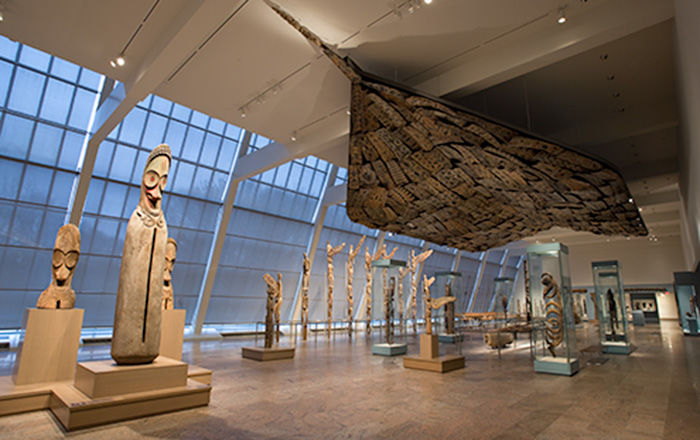Tetrapod Jar
Not on view
This bowl is part of a group of ceramic vessels called Usulután based on superficial resemblances in surface decoration. The technique employed here, termed "resist," results in a two-color patterning. The method of achieving the color separation differs within the Usulután group and, in some instances, is yet to be understood. Usulután vessels were made during the centuries before and after the turn of the first millennium—a period of innovation in ceramic form and decoration—in the southernmost part of the Maya highlands (southeastern Guatemala, western Honduras, and El Salvador). They were widely disbursed from there. Archaeologists have long thought that the distribution of Usulután vessels was tied to the migrations of peoples or perhaps to invasions. More recently, it has been proposed that these ceramics were much admired in their time and thus widely traded. The present example sits on four small feet, early evidence of what would later become a fascination with substantive, elaborated feet on bowls of all sorts.
This image cannot be enlarged, viewed at full screen, or downloaded.

